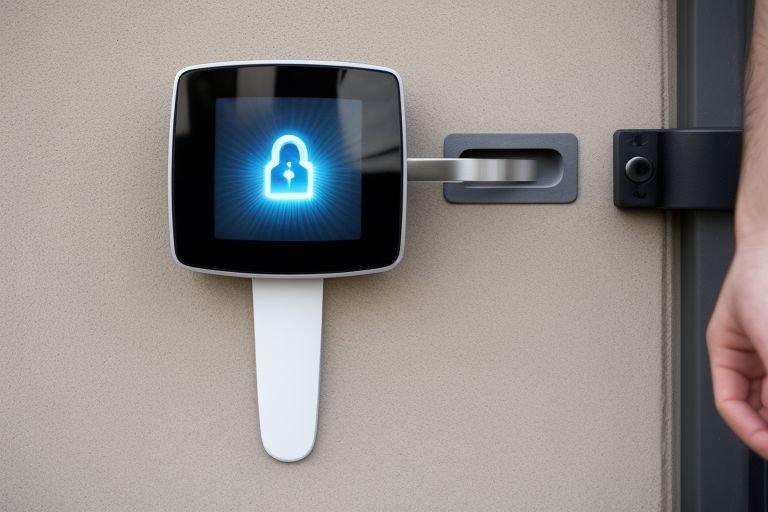Biometric security technologies have increasingly become a cornerstone in enhancing security and authentication processes across various industries. The evolution and adoption of these technologies, particularly facial recognition, mark a significant shift in how security protocols are implemented, from traditional methods like passwords and physical keys to more sophisticated, biologically based identifiers. This transition not only reflects technological advancements but also addresses the growing need for more secure, efficient, and user-friendly methods of authentication.
The Evolution of Biometric Security
Biometric security encompasses a range of technologies that use unique biological characteristics for identification and verification purposes. The most commonly recognized forms include fingerprints, facial recognition, iris scanning, and voice recognition. The history of biometric technology dates back to ancient civilizations, but its integration into modern security systems began to take shape in the latter half of the 20th century. The turning point for biometric technology, however, has been its digitalization and integration with advanced computing technologies, enabling more sophisticated, reliable, and widespread applications.
The Rise of Facial Recognition
Facial recognition technology has emerged as one of the most prominent and rapidly advancing types of biometric security. It analyzes the unique features of a person’s face to identify or verify their identity. This technology utilizes algorithms and deep learning to process and analyze facial data, making it possible to compare and match facial features against databases in real-time with high accuracy.
Several factors contribute to the popularity and adoption of facial recognition technology:
- Convenience and Speed: It offers a quick and user-friendly means of authentication without the need for physical contact or remembering complex passwords.
- Increased Security: It provides a higher level of security, as facial features are difficult to replicate or steal compared to traditional passwords or keycards.
- Versatility: Facial recognition can be integrated into various systems and devices, including smartphones, security cameras, and access control systems, making it versatile for different applications.
- Advancements in Technology: Continuous improvements in artificial intelligence (AI) and machine learning algorithms have significantly enhanced the accuracy and reliability of facial recognition systems.
Beyond Facial Recognition: The Future of Biometric Security
While facial recognition technology continues to evolve and expand, the future of biometric security lies in exploring and developing new forms of biometrics and enhancing existing technologies. Innovations such as gait recognition, heartbeat analysis, and even brainwave patterns are being researched as potential biometric identifiers. These emerging technologies promise to further improve security by offering more unique and difficult-to-replicate biometric data.
Furthermore, the integration of biometric technologies with blockchain and other secure data management systems is likely to enhance privacy and data protection, addressing one of the primary concerns associated with biometric data.
Challenges and Considerations
Despite the advantages, the widespread adoption of biometric security, particularly facial recognition, raises ethical, privacy, and legal concerns. Issues such as consent, data storage, and the potential for misuse or bias in the technology are critical considerations that need to be addressed. Regulations and standards are being developed to ensure that the deployment of biometric technologies respects individual rights and privacy while safeguarding against unauthorized access and data breaches.
Conclusion
The rise of facial recognition and the exploration of new biometric technologies signify a transformative period in the field of security. As these technologies continue to develop and integrate into various aspects of our lives, they offer promising solutions for enhancing security and authentication processes. However, the successful and ethical implementation of biometric security technologies requires careful consideration of the associated challenges and a concerted effort to address privacy and ethical concerns.



